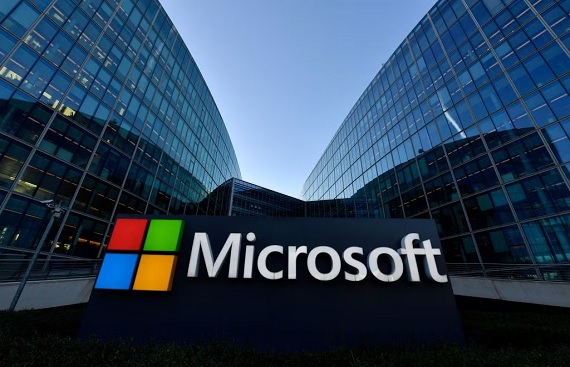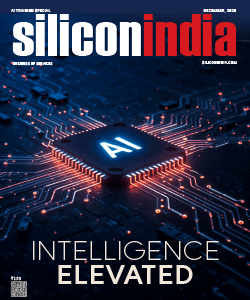Microsoft CPO Defends Coding Careers Amid Mass Layoffs and AI Surge
By
siliconindia | Friday, 30 May 2025, 11:27:03 AM IST

- Microsoft laid off 6,000 employees, with software engineers most affected.
- 40% of cuts in Washington state were software engineering roles.
- CPO Aparna Chennapragada says coding is not obsolete despite AI rise.
Microsoft’s Chief Product Officer Aparna Chennapragada is pushing back against claims that coding careers are becoming obsolete even as the company laid off 6,000 employees last week, with software engineers taking a major hit.
Speaking on a recent podcast, Chennapragada said she 'fundamentally disagrees' with the idea that computer science is no longer a viable career path. “A lot of folks think about, ‘Oh, don’t bother studying computer science or coding is dead,’ and I just fundamentally disagree”, she stated.
Her remarks come at a time when Microsoft is undergoing one of the largest rounds of layoffs in its history. According to Bloomberg, about 40% of the 2,000 Washington state roles cut were software engineering jobs. Project management roles comprised nearly 30% of the local reductions.
The job cuts follow Microsoft’s increased investment in artificial intelligence, which is rapidly changing the nature of software development. CEO Satya Nadella disclosed in April that AI now generates up to 30% of the code in some company projects, prompting concerns over the long-term demand for human developers.
However, Chennapragada views AI not as a replacement but as a tool that introduces a new level of abstraction in programming. “We don’t program in assembly anymore. Most of us don’t even program in C”, she said, suggesting the role of software engineers may evolve into that of 'software operators'.
“There’ll be an order of magnitude more software operators”, she added. “Instead of ‘Cs,’ maybe we’ll have ‘SOs,’ but that doesn’t mean you don’t understand computer science”.
Chennapragada also highlighted how project management roles could shift toward 'taste-making and editing', especially as AI accelerates idea and prototype generation.
While Microsoft plans to spend nearly $80 billion on AI infrastructure this fiscal year, the company is simultaneously streamlining operations through workforce reductions underscoring the growing tension between AI innovation and job security.
Read More News :
India at the Centre of RIC Revival as Russia Backs Trilateral Talks
Top Tech Courses For High-Paying Jobs & Thriving Career in 2025 and Beyond!

.jpg)

